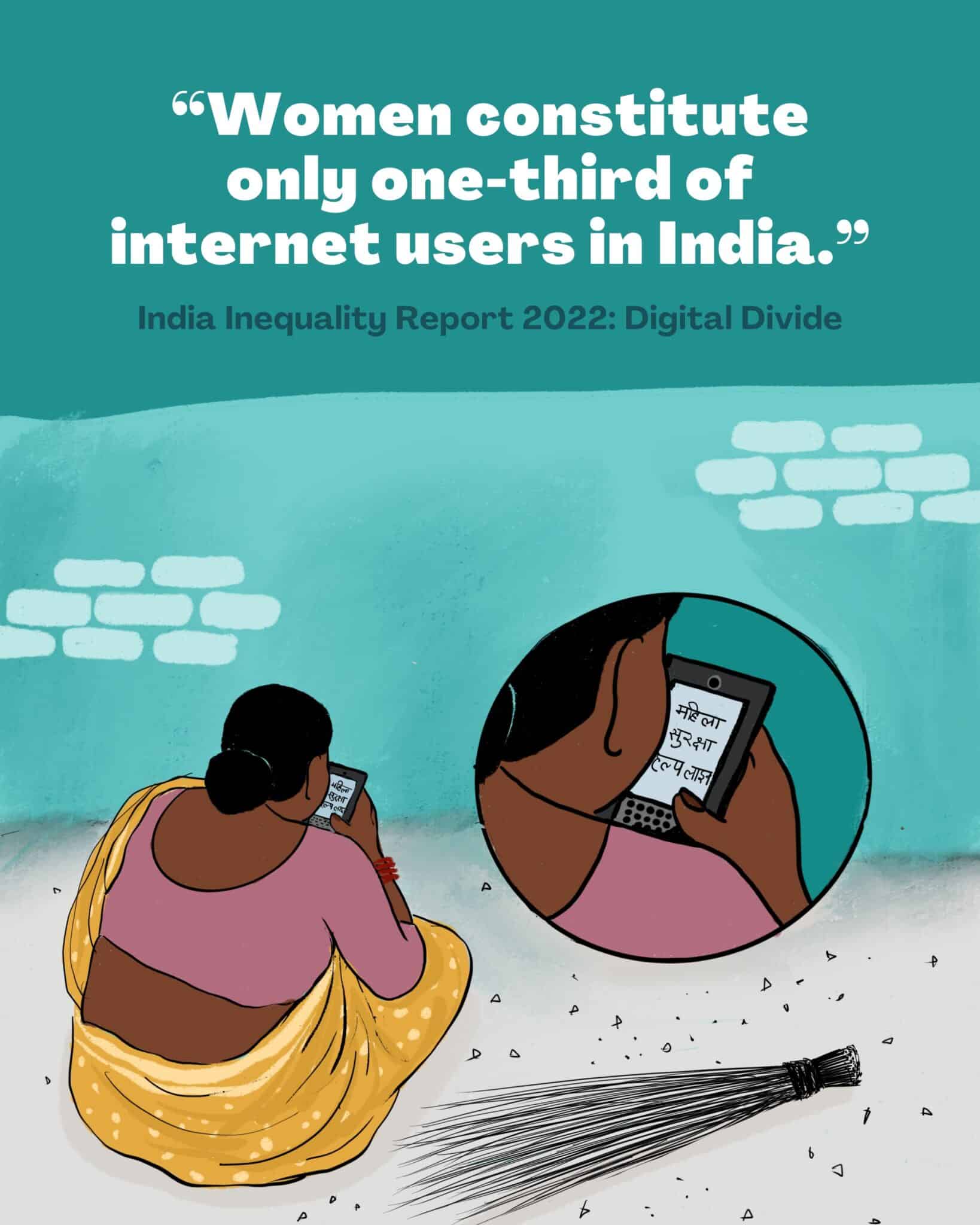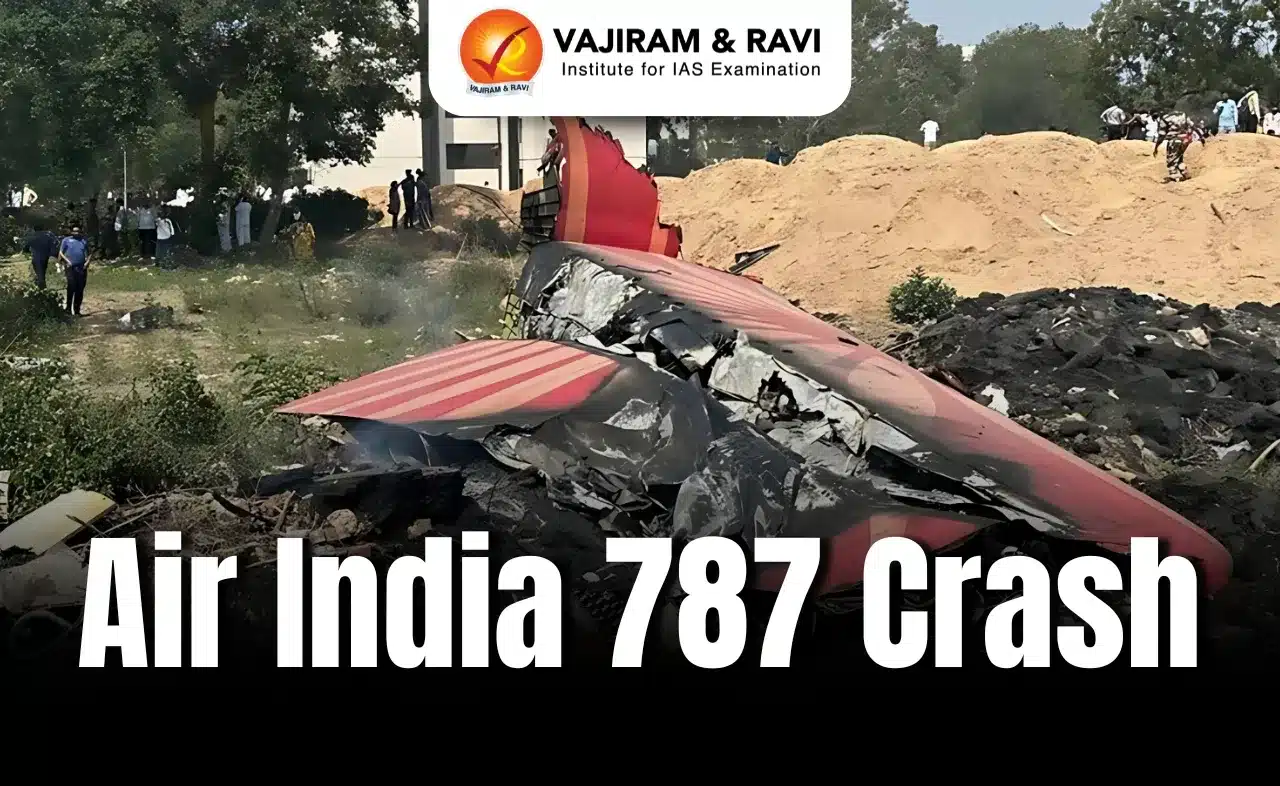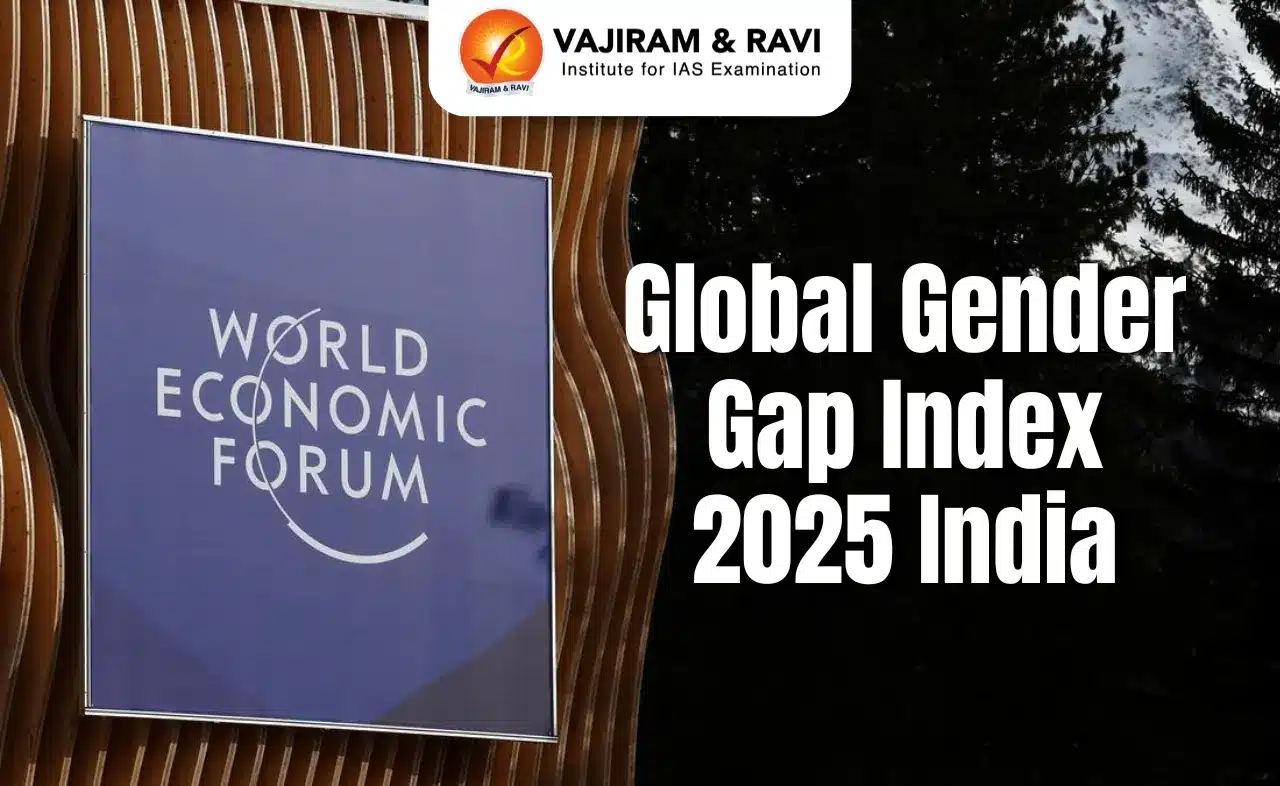What’s in today’s article?
- Why in News?
- News Summary
Why in News?
- As per a report titled ‘India Inequality Report 2022: Digital Divide’, Women constitute only one third of internet users in India.
- The report has been released by NGO Oxfam India.
- The report analyses primary data from the Centre for Monitoring Indian Economy’s (CMIE) household survey from January 2018 to December 2021.
- CMIE is a leading business information company. It functions as both an economic think tank and a provider of business intelligence information.
- It looks at CMIE’s data on internet access, mobile ownership, computer, and broadband availability to assess the inclusivity of digital initiatives to deliver public services and entitlements.
News Summary
Key Highlights of the India Inequality Report 2022
Digital divide based on gender
- While 61 per cent of men owned mobile phones in 2021, their access remained limited to just 31 per cent women.
- Indian women are 15 per cent less likely to own a mobile phone and 33 per cent less likely to use mobile internet services than men.
- As per the report, in Asia-Pacific, India fares the worst with the widest gender gap of 40.4 per cent.
Digital divide based on employment status and caste
- 95 per cent of the salaried permanent workers have a phone whereas only 50 per cent of the unemployed (willing and looking for a job) have a phone in 2021.
- While 8 per cent of the general caste have access to a computer or a laptop, less than 1 per cent of the Scheduled Tribes (ST) and 2 per cent of the Scheduled Castes (SC) afford it.
Rural-urban digital divide
- Despite registering a significant digital growth rate of 13 per cent in a year, only 31 per cent of the rural population uses Internet compared to 67 percent of their urban counterparts.
- The report pointed out that contrary to popular belief, the use of computer devices has decreased in rural areas.
Uneven distribution among states
- Among states, Maharashtra has the highest internet penetration, followed by Goa and Kerala, while Bihar has the lowest, followed by Chhattisgarh and Jharkhand.
India’s growing inequality is accentuated due to the digital divide
- The use of digital technologies in delivering essential services such as education and health is further increasing the inequalities in India.
- During Covid-19 lockdown, many parents faced challenges in supporting their children’s access digital education, with signal and internet speed becoming the biggest issues in private schools.
- In government schools, many parents reported that education was not delivered during the lockdown.
- The report highlights how digital technologies are accessible to the rich and privileged.
- As a result, people without devices and the internet get further marginalized due to difficulties in accessing education, health, and public services.
India’s rank in UN’s e-participation index (2022)
- The report highlighted that India ranked 105 out of 193 nations in UN’s e-participation index (2022).
- The index is a composite measure of three important dimensions of e-government, namely provision of online services, telecommunication connectivity and human capacity.
Suggestions to minimize the digital divide
- The report urged the Union and state governments to ensure universal access to internet connectivity by investing in digital infrastructure to not only make the internet affordable but also push for greater accessibility to smartphones.
- The report also recommended that digital literacy camps be conducted, especially in rural India, to teach the use of technology in schools, and digitize panchayats.
- It further urged the govt to establish a responsive and accountable grievance redressal mechanism to handle edtech and healthtech-related complaints by parents, children, and other consumers
- Tech-based solutions do not always present the right answers, and governments need to consider low- or no-tech solutions, even in crises like a pandemic.
Q1) What is the digital divide?
The digital divide is the gap in social and economic equality that occurs when some segments of a given population do not have equal access to Information and Communications Technology (ICT) and reliable high-speed Internet service.
Q2) What are the factors that contribute to the digital divide?
Factors such as low literacy and income levels, geographical restrictions, lack of motivation to use technology, lack of physical access to technology, and digital illiteracy contribute to the digital divide.
Last updated on June, 2025
→ UPSC Notification 2025 was released on 22nd January 2025.
→ UPSC Prelims Result 2025 is out now for the CSE held on 25 May 2025.
→ UPSC Prelims Question Paper 2025 and Unofficial Prelims Answer Key 2025 are available now.
→ UPSC Calendar 2026 is released on 15th May, 2025.
→ The UPSC Vacancy 2025 were released 1129, out of which 979 were for UPSC CSE and remaining 150 are for UPSC IFoS.
→ UPSC Mains 2025 will be conducted on 22nd August 2025.
→ UPSC Prelims 2026 will be conducted on 24th May, 2026 & UPSC Mains 2026 will be conducted on 21st August 2026.
→ The UPSC Selection Process is of 3 stages-Prelims, Mains and Interview.
→ UPSC Result 2024 is released with latest UPSC Marksheet 2024. Check Now!
→ UPSC Toppers List 2024 is released now. Shakti Dubey is UPSC AIR 1 2024 Topper.
→ Also check Best IAS Coaching in Delhi






















